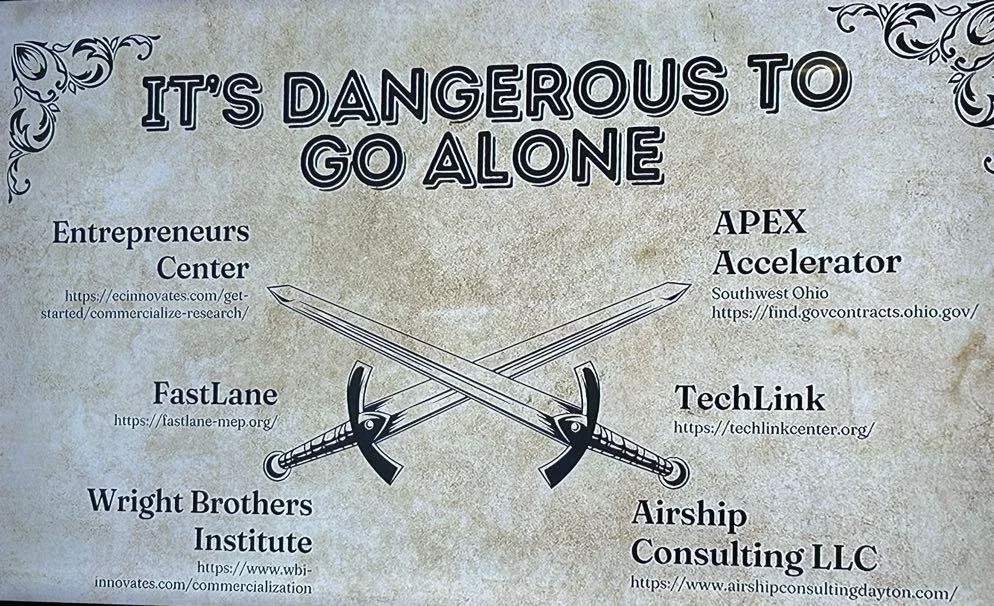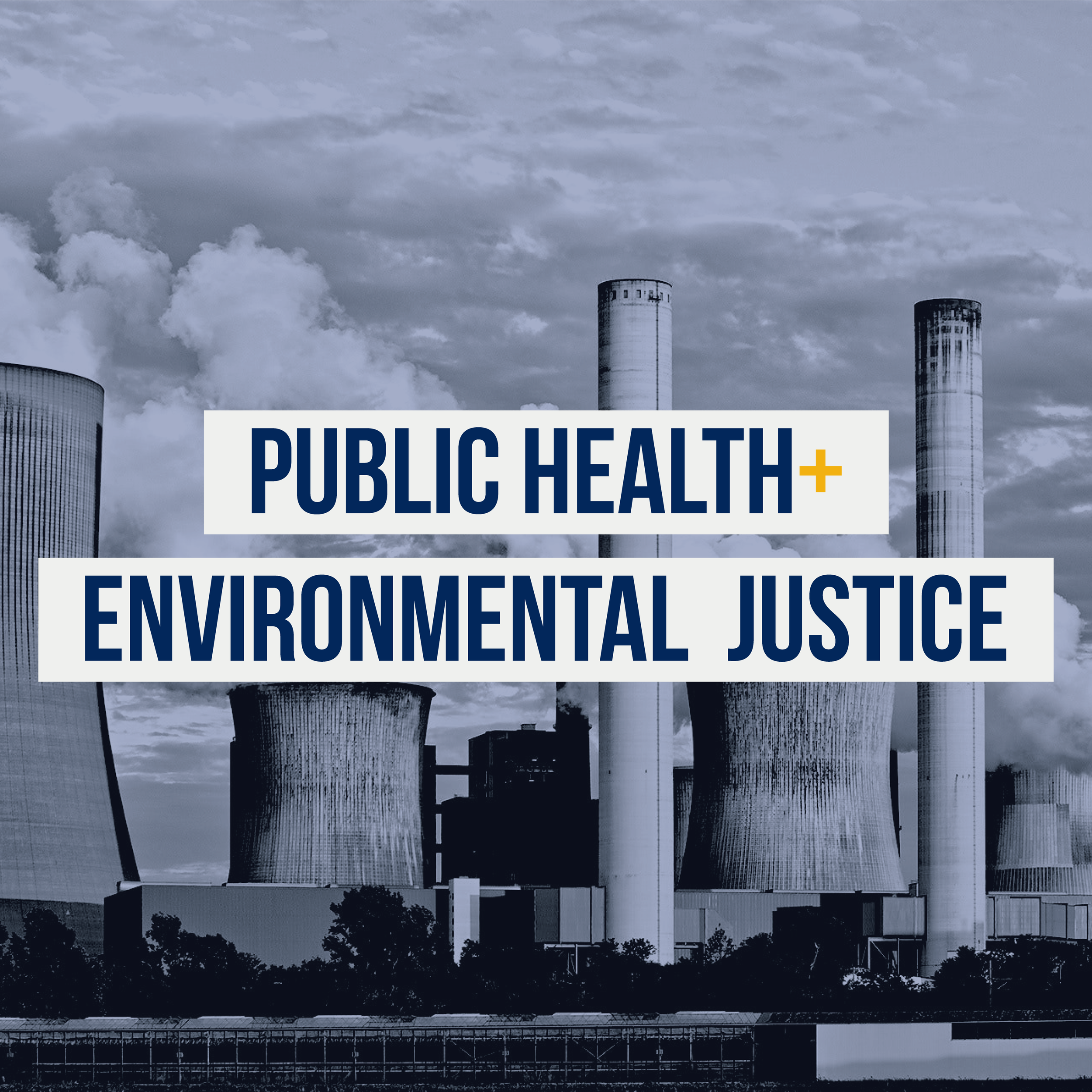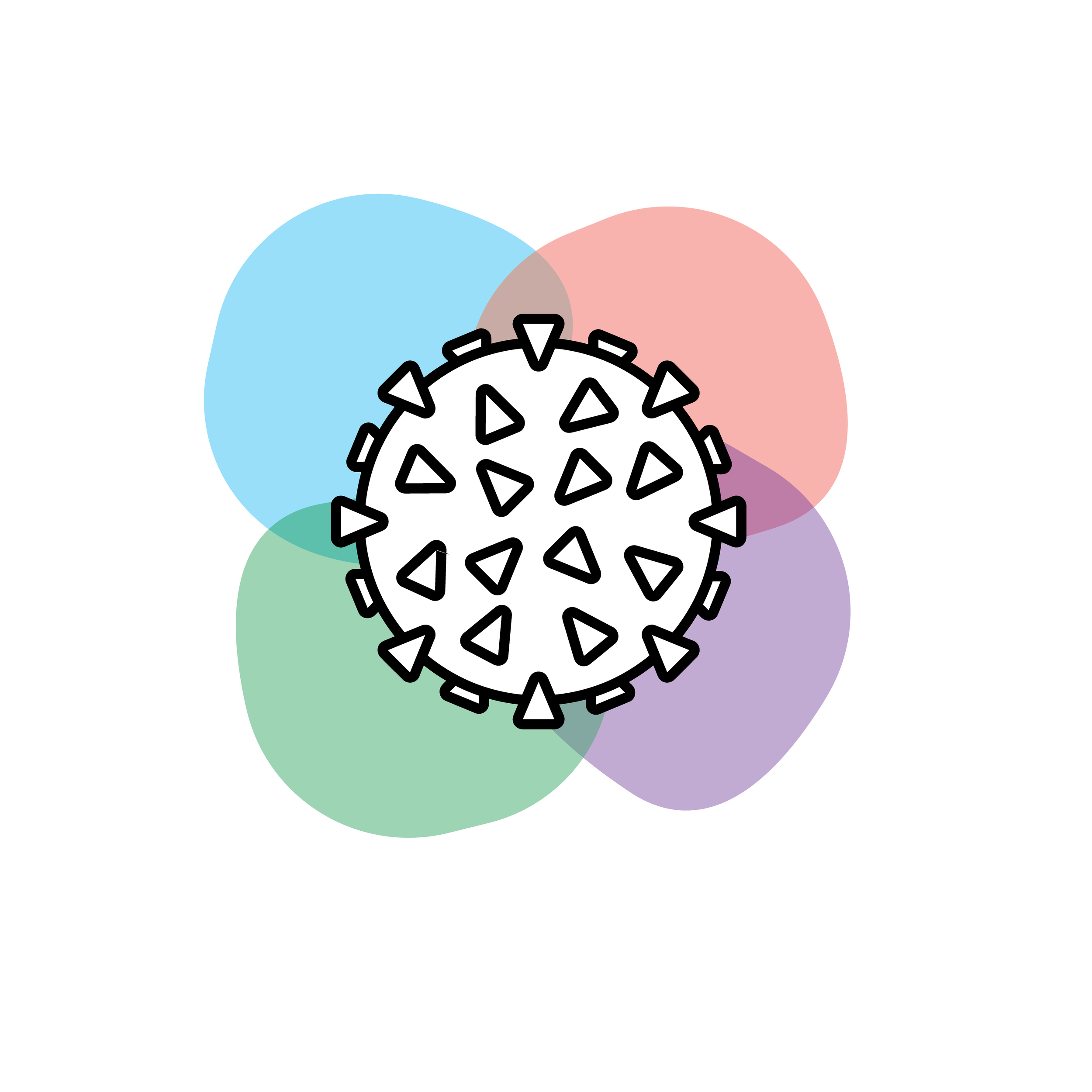We've published many different infographics over the last fews months outlining the different actions you can take to slow the spread of the virus and protect yourself and others. Here's a compilation of the key ideas:
Wear a Mask
Not all masks are created equal. If available, always try to get a K/N95 or surgical mask. Make sure to wear it properly (covering nose and mouth), dispose of or clean frequently, and still distance when wearing one.
K/N95 - The gold standard, filters 95% of SARS-COV-2. Can be disinfected after wearing for reuse.
Surgical - 2nd place, filters 95% of SARS-COV-2. Single-use only.
Cloth masks - Make sure these masks are made of safe and breathable materials. Models have shown that multiple layers of a cotton blend offer the best balance of filtration and breathability.
Face shields - Should only be used in combination with effective masks. Alone they do nothing.
Bandanas, scarves, gaiters, fleece, etc. - Not effective and some materials can actually exacerbate aerosol spread.
Learn more about masks here.
Wash Your Hands
While it’s mostly aerosol based transmission with COVID-19, you still need to take precautions with surfaces. Washing your hands with clean running water and soap can remove 99.99% of germs, including COVID-19, from your hands. Because of how easy and effective handwashing is, there is a significant investment in handwashing promotional materials demonstrating effective practices.
Get a Flu Vaccine
Getting your flu shot not only protects yourself but everyone around you. It also keeps you out of medical offices where there are other sick patients. By keeping the flu cases down, we can help ease the strain on the medical infrastructure that is being overwhelmed by COVID patients. We can keep hospital beds, medical personnel, and vital supplies open to other patients. Learn more here.
Writing by Ryan Mathura, Public Health Innovation Analyst
Ryan is a Master of Public Health Student at Emory University studying Health Policy and Management. He has a background in immunology and worked in vaccine R&D before attending Emory.
Graphics by Sophie Becker, Design Strategist
Sophie is a design strategist at Orange Sparkle Ball. She is a recent graduate from RIT and holds a bachelor’s in industrial design and psychology. Her studies informed her interest in using design thinking to communicate abstract and complex ideas, particularly in public health.








































